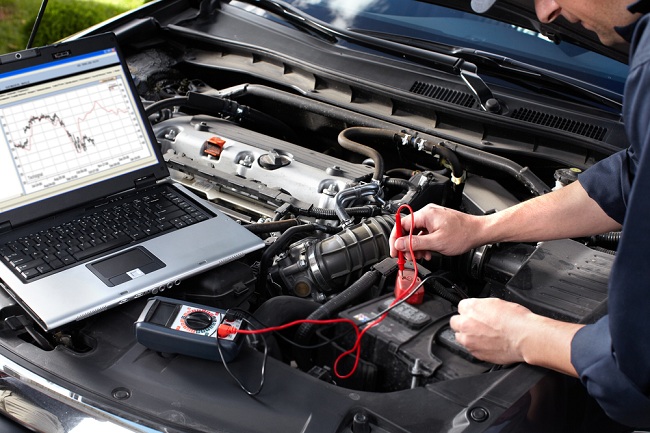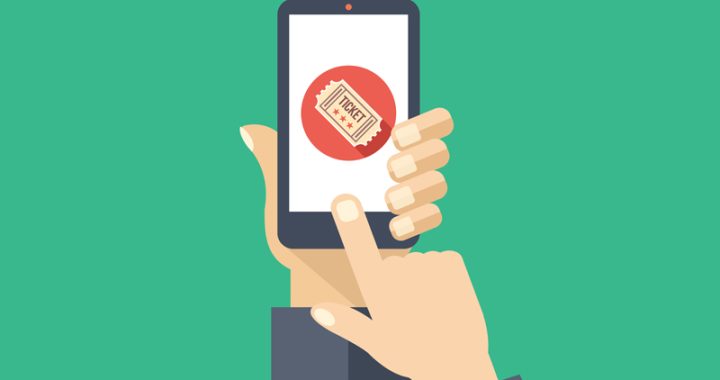Why Used Car Pre-Purchase Inspections Matter

Anyone who has gone to a dealership to purchase a car — whether new or used — knows what a whirlwind the experience can be from start to finish. Seeing a vehicle sitting on the lot, shiny and pristine, increases that sense of desire to make it yours. Salespeople skilled at their trade emphasize the best parts about the brand, the model, the price and the time of the year.
You find yourself wanting to take them at their word and sign your name on the dotted line — perhaps without even undergoing the extra step of having the vehicle inspected.
Not so fast… here’s why pre-purchase inspections matter so much for used cars in particular.
Why Getting a Used Car Inspection Matters Before Buying
Identify problems before committing to a vehicle.
What you see unfortunately isn’t always what you get with vehicles. Most of us don’t have the working knowledge necessary to spot a technical issue on a vehicle. Enlisting the services of a trained specialist will help you spot potential issues before you face the unpleasant surprise in your own driveway — or, worse, on the side of the road.
So, what happens if the mechanic does find an issue during the pre-purchase inspection? If the problem is relatively minor, you may be able to negotiate the cost down with the seller or make the sale contingent on the problem area being replaced or repaired before the sale can go through. If the problem is huge, you’re likely better off seeking out another used vehicle.
Third-party inspections increase confidence.
As one expert writes for Edmunds, many drivers sign over thousands for a vehicle based on a very brief test drive and a glimpse “under the hood.” Taking that extra step to arrange an inspection from a trusted third-party mechanic can help you make a decision confidently, knowing that you have all the information you need to name your price and trust your vehicle.
An added bonus: If the seller pushes back against you having the vehicle inspected, then it may be a sign they’re trying to hide a flaw or rush the deal. Consider this a red flag and take your business elsewhere.
Inspections provide extra peace of mind if you can’t see the car in person.
While it’s highly recommended, it’s just not always possible to see a car in person before buying. There are many reasons why you may be looking at cars outside your local area — perhaps the prices are better, the type of vehicle you want is relatively rare or you’re moving soon for a job and need to have a vehicle squared away as soon as possible. The best used car websites today provide enough information to get a good sense of any car near or far, but a pre-purchase inspection will provide that last crucial bit of information about how the car runs.
Whatever the reason, the pre-purchase inspection can help you navigate that buying process if you’re not able to be there in person to kick the tires and take it for a test ride before buying. An inspection ensures you’ll have the sign off from a reputable third-party mechanic on the quality and safety of the vehicle.
What Should a Pre-Purchase Used Vehicle Inspection Include?
Here are some of the major areas covered on most pre-purchase inspections, according to Consumer Reports:
- Exterior: Body, glass, lights, tires, suspension
- Interior: Smell, seating, controls, pedals, audio, roof, cargo area
- Mechanical: Engine, belts, fluids, battery, radiator, etc.
- Underside: Tailpipe, leaks, joints
Used car pre-purchase vehicle inspections matter because they can help you catch minor and major issues before buying. This can bring down the price of the vehicle or help you avoid dangerous and costly repairs down the road.

“Pop culture advocate. Troublemaker. Friendly student. Proud problem solver.”









